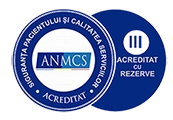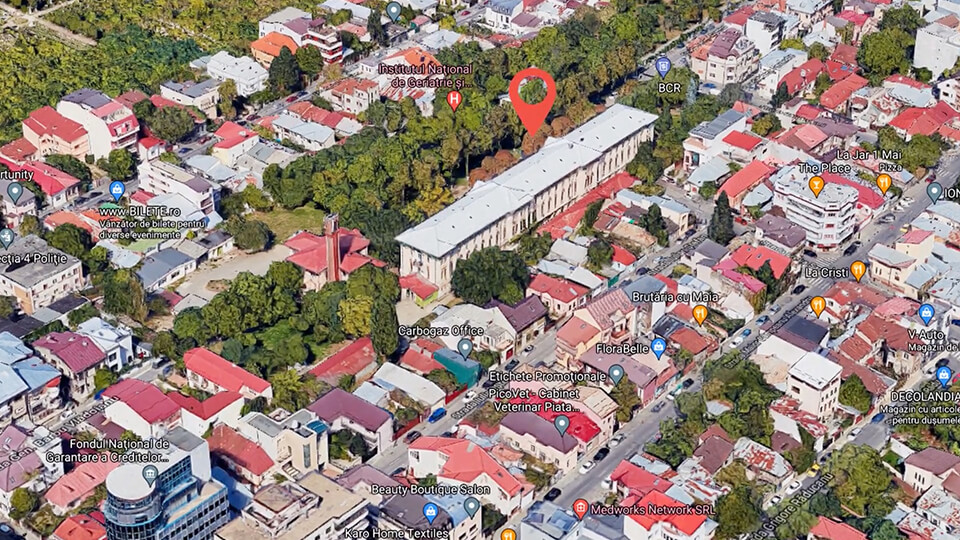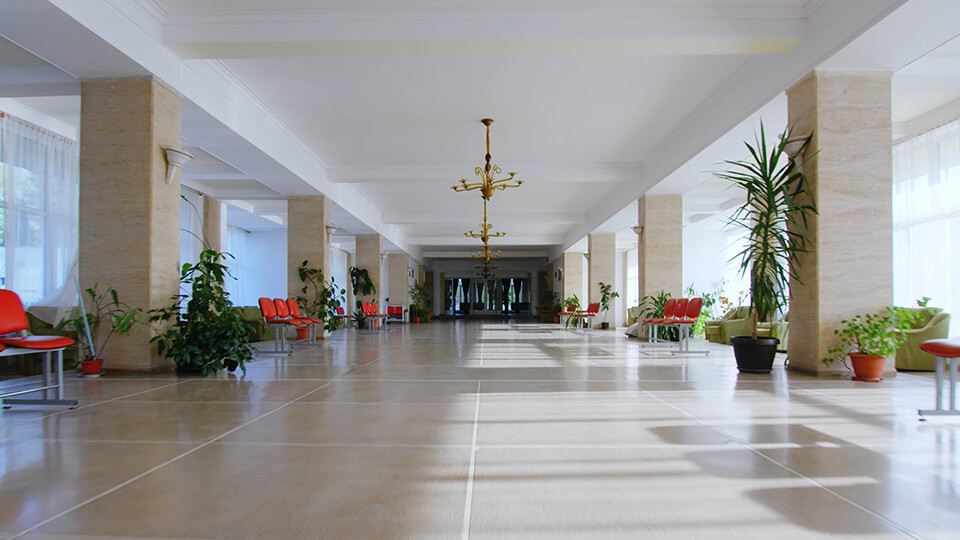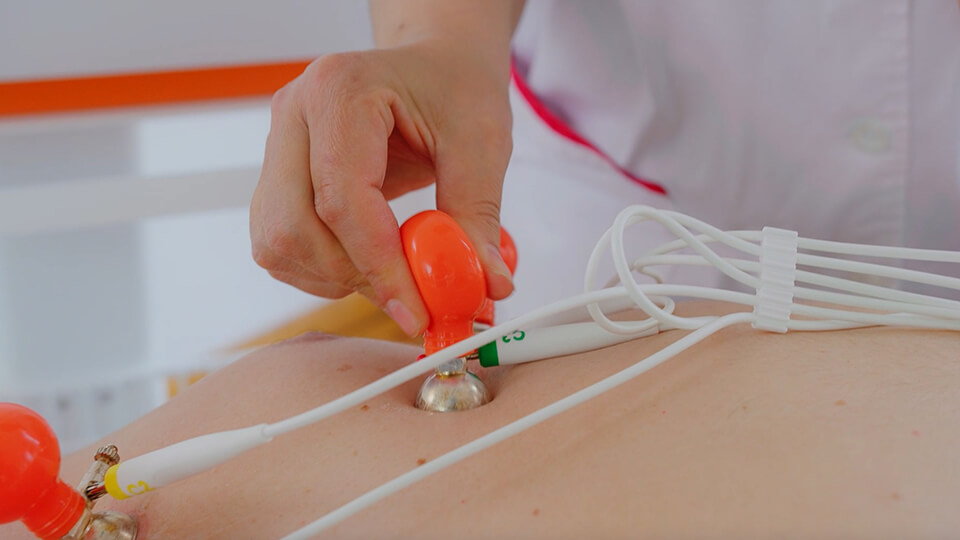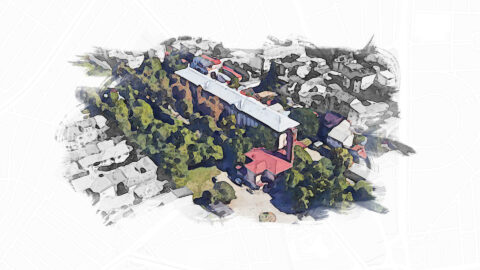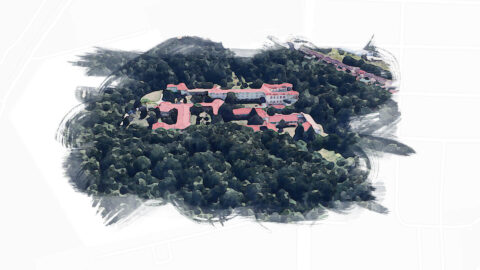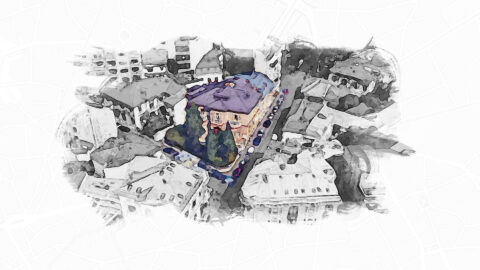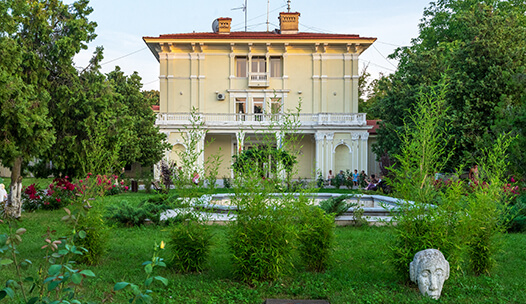

WHO WE ARE
Find out more about the "Ana Aslan" National Institute of Gerontology and Geriatrics
First in the world, the Institute of Gerontology and Geriatrics was founded in 1952 by Decision of the Council of Ministers and became a National Institute in 1974, and in 1992 it was assigned the name of „Ana Aslan ”.
Archive INGG „Ana Aslan “
As a sign of homage to Acad. Prof. Dr. Ana Aslan, on May 20, 2024, on the 36th anniversary of her disappearance, the event entitled „Ana Aslan took place: The Promise of Youth in Body and Soul ”, at which time the partnership between the National Institute of Gerontology and Geriatrics bearing her name and the Central University Library „Carol I <TAG which aimed to save and digitize documents from the institute’s archive, regarding the important Romanian personality, as well as the inventory of documents belonging to the INGGAA Museum.
The archive contains documents on the activities and research of the teacher and the institute for a period of 40 years, starting with the years ‘~ 50, until the beginning of the years ‘~ 90. Much of Ana Aslan’s research and medical practice can be covered in the approximately 100,000 documents left behind by her at the national institute, which today bears her name.
Documents can be viewed by accessing the link
http://restitutio.bcub.ro/collections/arhiva-ingg-ana-aslan
WHAT WE DO
Our services
In INGG we evaluate the patient’s functional aging process to prevent associated chronic diseases, and to increase the chances of active longevity. The main objective is to build physical and cognitive abilities so that the maximum potential of the adult is reached. At the same time, we aim to maintain the organ function and delay the onset and rhythm of the functional decline and disease.
Geriatric medicine goes beyond organ or system-oriented medicine, the goal of the multidisciplinary team being to optimize the functional status of the elderly person, improve pain and increase the quality of life to improve the patient’s autonomy.

